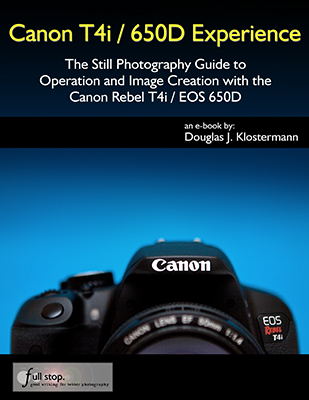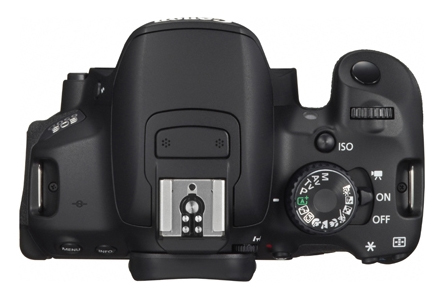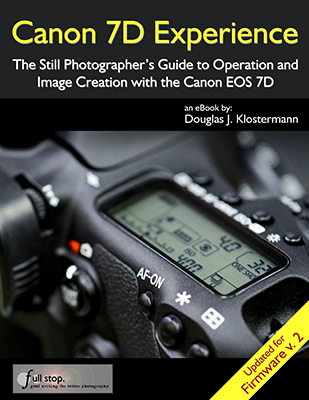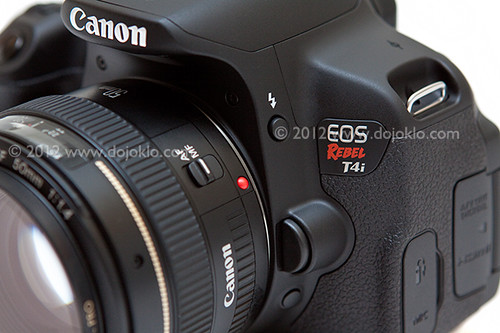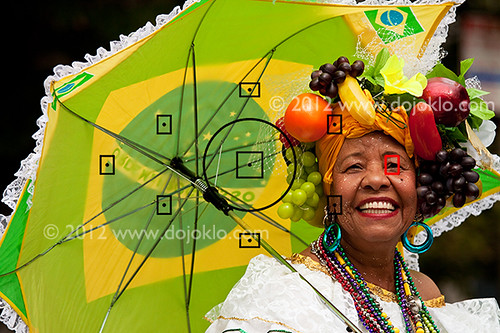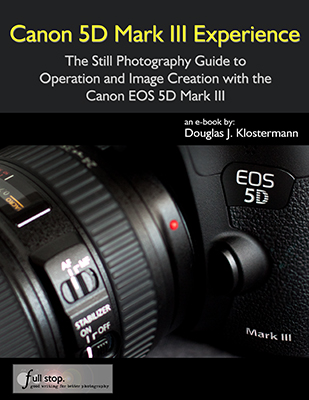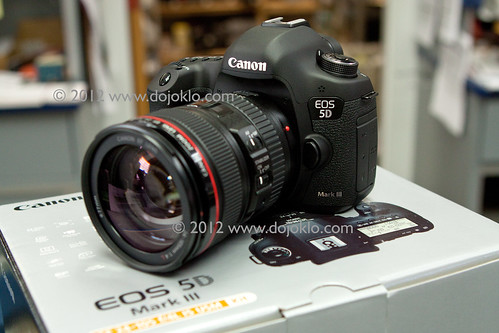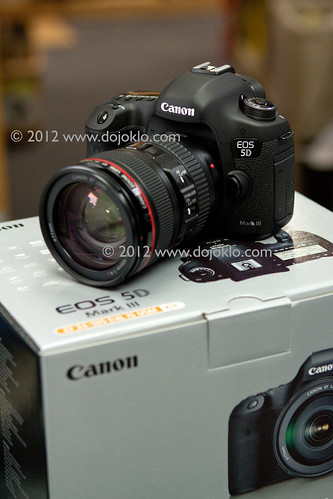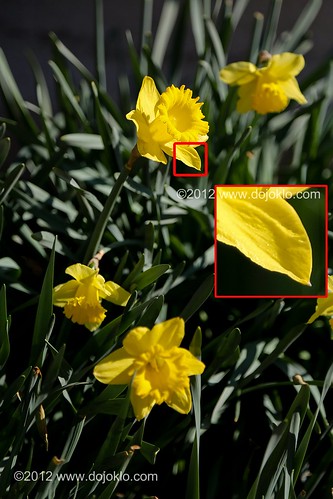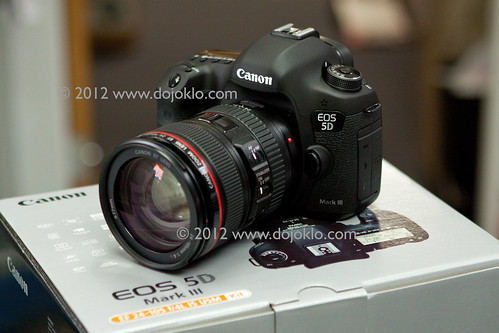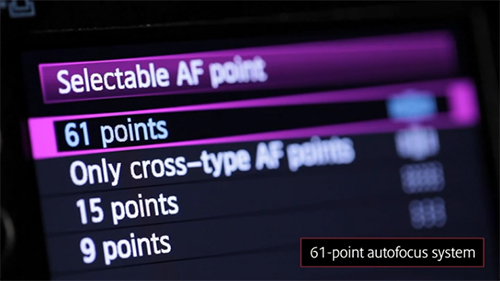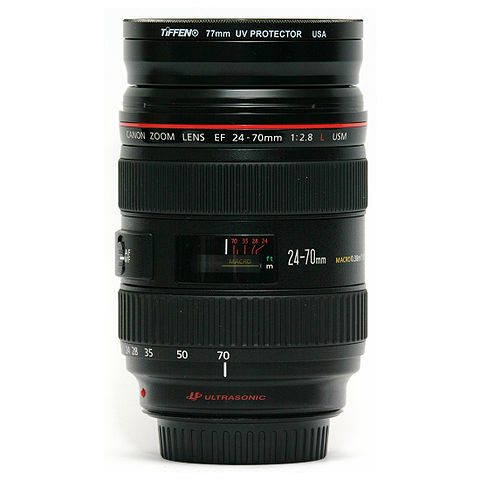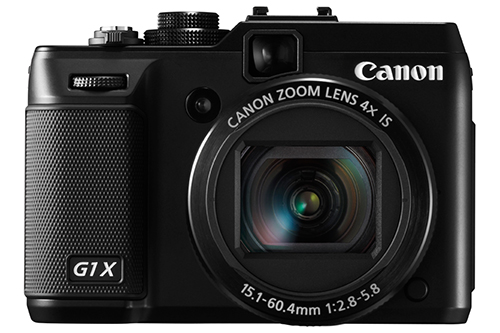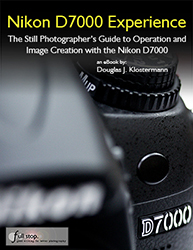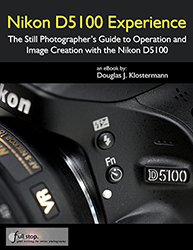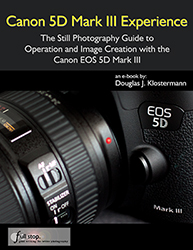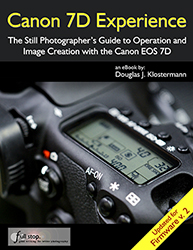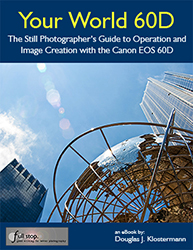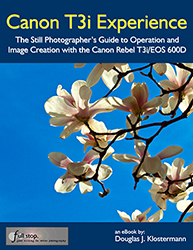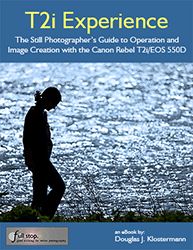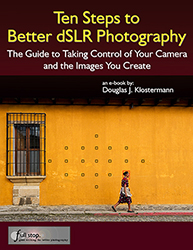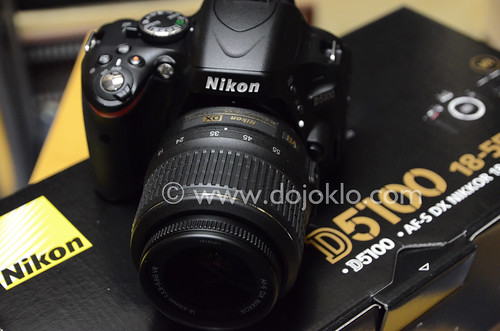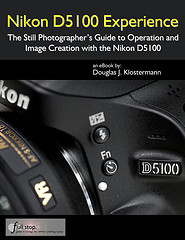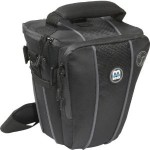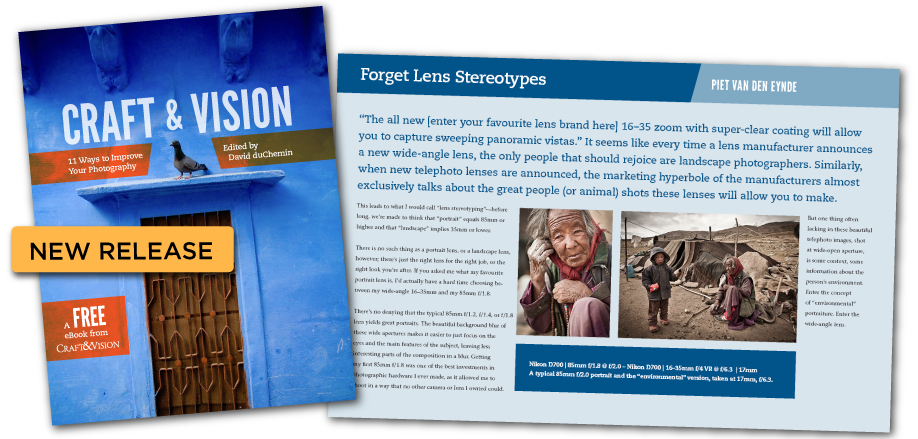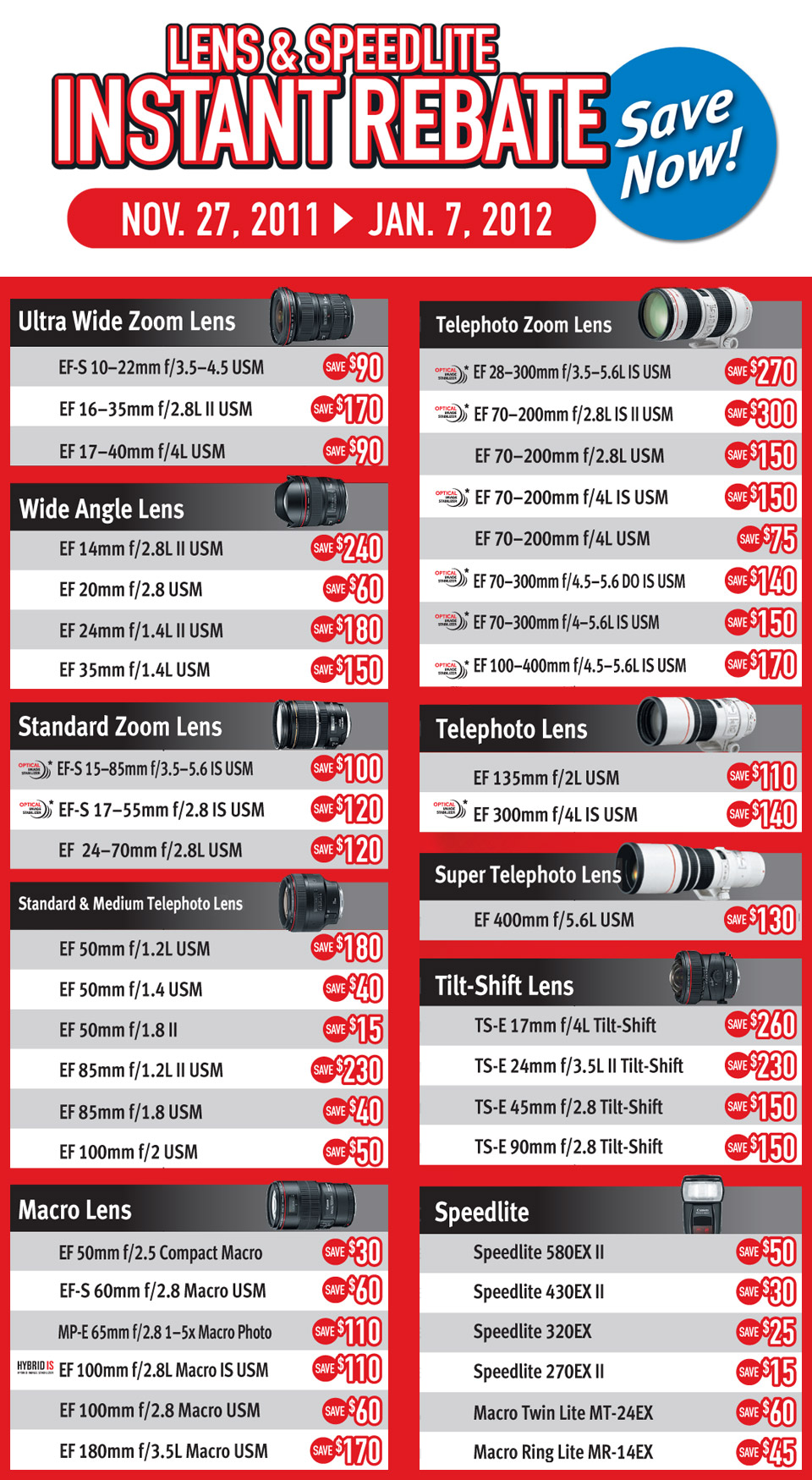At the risk of being widely unpopular today, I am going to come out and say I support the SOPA/ PIPA anti-piracy bills now in Congress designed to battle Internet piracy.
Piracy and copyright violations are serious, international, multi-billion dollar issues that require serious, effective laws. While those who don’t like SOPA are complaining about the unrealitic “censoring” of YouTube videos, a “broken Internet” and the “potential for abuse,” authorities are pursuing and taking down Internet criminals with complex, multi-national investigations and police raids.
Piracy doesn’t just affect the music and movie industry, it affects anyone who creates original content and earns their income and livelihood from it, like photographers and authors, artists and bloggers. Piracy directly affects me. SOPA truly will protect and assist independent creators and innovators in important ways – this is not political smoke. Most of the claims that the anti-SOPA critics are making about censorship, the threat to a free and open Internet, and the potential for abuse are unfounded, grossly misleading, and have no basis in the actual legislation. And many of the most common claims that are being repeated across the Net are simply false. But more on that later.
When one steps back and views the bigger picture, there is also a tremendous amount at stake when it comes to media companies who produce and fund the content vs. Internet companies who wish to take the content and deliver it all for free (and make money for themselves in the process). One important issue is that when someone who creates quality, original content can no longer be compensated or make a living at it, there is no longer an incentive to create quality original content. This article talks about a fascinating book called Free Ride – How Digital Parasites Are Destroying the Culture Business, and How the Culture Business Can Fight Back by Robert Levine, which addresses this larger issue.
As both a photographer and an e-book author, I have been, and continue to be, dramatically and negatively affected by Internet piracy in several different ways – the same type of piracy that SOPA aims to bring accountability to. Over the past couple months, I have spent many, many hours stumbling across, searching for, sending copyright infringement DMCA notices to, and monitoring websites that have stolen my photos and e-books and are using them on their sites for their own profit. I rely on the infringing sites to comply once they are notified, but I must verify this myself and contact their ISP if they do not comply. I am forced to police the content of sites that belong to, are run by, and which create income for somebody else. I, an independent author and photographer, am responsible for policing the entire Internet against those who violate my rights. That costs a lot of time, effort, and money. When I am forced to spend my time doing that, I am no longer pursuing my income-generating job, and that job and income could collapse as a result. I am thrilled that Congress is attempting to do something about this by cutting off access and sources of funding to illegal foreign sites doing business in the US and bringing the same accountability to them that currently exists, by law, for domestic sites. And by forcing websites to be responsible – God forbid – for their own content.
Not only is it wrong and illegal for someone else to profit off of your copyright protected work, it can directly impact your own income and livelihood. For a content creator, SOPA helps your bottom line when everyone is held accountable to the law and the law is enforced. For a website who profits off of others’ content and/ or the advertising revenue it brings them, SOPA hurts their bottom line when they are held accountable to current laws, already in place.
Regarding e-books, while some claim that those who illegally download a book were never actually going to buy it, will never read it, and that it actually helps promote sales, I can assure you that in my experience none of that is true. Piracy directly and immediately impacts sales and income, and threatens to put an end to my livelihood that I very much enjoy and wish to continue.
Regarding photography, I have an unexpected example of how piracy affects me, but it is one that can easily affect any photographer with a website who relies on Google searches to drive traffic.
When the Nikon D5100 dSLR camera came out, I took a quick picture of it sitting on its box, and posted to my blog and Flickr.
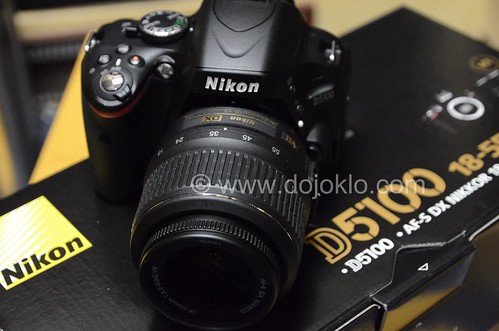
This photo began appearing in Google searches, and led people to my blog. Thousands of people. It is my most viewed photo on Flick, for better or worse. When people come to my blog, led there by this photo, I can tell them about my e-books and maybe sell a couple. I can help them decide which camera to buy, recommend one, and perhaps earn a small affiliate commission for the sale.
But then other websites stole this photo and began to use it on their sites to promote sales and income of their own. Some even put their own watermark on my image. Soon, when people did a Google image search for the D5100, they continued to click on my popular photo, except it now led them to someone elses’ site. My original image, leading to my site, disappeared from Google search results. My blog traffic and sales were immediately impacted.
On a bit of a side note, I have nothing against Creative Commons and sharing photos for artistic and creative use. I don’t choose to use it, but others have had great success with it. But the proper or legal use of Creative Commons has nothing to do with SOPA. SOPA comes into play when the Creative Commons license is violated. What happens when someone takes your photo, maybe puts their watermark on it, uses it on their site to create or earn income for themselves, and does not credit you or link to your site? What happens when your photo, as posted on their site, appears now in Google searches and leads people to these illegal sites and not yours? This is no longer your photo being used according to the Creative Commons license, and your traffic and income can be immediately and directly affected. DMCA is already in place to address this, as long as you do the policing and monitoring and rely on the infringing site for compliance, but SOPA will help assist you from having to be the one to spend your time, money, effort, and aggravation to monitor and address this type of infringement on a daily basis. Monitoring and policing keeps me from creating and writing, what I would rather be doing and what I need to be doing to continue my livelihood and income.
I came across an anti-SOPA site that is filled with many of the completely false claims that are being touted today, and I would like to address them:
“SOPA would hold websites liable for all user-posted content.”
Yes, exactly. Any company is responsible for its “content” (however “content” may translate to the physical world or other types of companies) and for the activities it is facilitating. It is that way in the physical world, and it is no different on the Internet. In the physical or Internet world, one is not free to engage in or facilitate illegal activity – this is already the law. But it costs time, energy, and money to monitor one’s own company or site, and websites are currently getting a free ride on this. SOPA merely enforces the current laws.
“That means sites like Google, YouTube, Facebook, Tumblr, and Twitter would be required to monitor everything posted by their users or risk being shut down.”
As these sites are not “foreign websites dedicated to the facilitation of the illegal sale and distribution of counterfeit or pirated goods” they will not be “shut down.” Yes, that is what SOPA addresses: foreign websites selling pirated goods, not Justin Bieber videos on YouTube. But yes, they already are responsible for the content on their sites, by law, as they should be. That is simply copyright law, already in place. US websites can already be taken down for illegal activity. SOPA brings the same standards to illegal foreign websites aimed at US customers. SOPA will hold websites responsible for violating the law rather than making the copyright holder have to find them, request a takedown, then monitor their compliance in perpetuity.
“Passing SOPA would give the U.S. government the power to censor the entire internet”
No, not true in any way shape or form. The bill has nothing to do with censorship because it addresses only illegal activity – piracy to be exact – and there is no First Amendment right to illegal activity. The bill includes the same due process protections provided in all civil litigation in federal courts. And while Google is making a big show of SOPA “censorship” with their black bar today, note that they have never made the same homepage protest against actual, ongoing, real Internet censorship in China and other oppressive countries. This seems to confirm that it is not “censorship” they are really protesting, but rather that they are irresponsibly abusing their power and reach to promote fear and misinformation of a bill that could affect them in a very different ($) way.
“Stifle innovation, scaring off new startups without the resources to monitor everything posted on their sites.”
No, quite the opposite. Having one’s income and livelihood stolen from them stifles innovation and startups. Putting loads of time and effort into creating a company and products and then watching as thieves steal these products and profit from them…that stifles innovation or the desire to set out on that innovative course. If innovative start-ups include websites, actions or activities that break the law, yes, they will be stifled. That is simply the law that currently applies to any business. Illegal activity is supposed to be stifled.
“Clamp down on Americans’ free speech rights, subjecting them to criminal prosecution for posting film clips or covers of famous songs on YouTube”
First, if you read the SOPA legislation, you will quickly see that this statement has nothing to do with SOPA. It can’t even be labeled as a distortion, it is just flat out nonsense (see “foreign websites…sale of pirated good” above). Second, in terms of other already existing laws, there is no First Amendment right to theft and illegal activity, period. Copyright infringement is already part of the law now, and is already enforced by courts – SOPA doesn’t change this in any way. Infringing someone’s copyright, an illegal activity, is not covered by free speech rights. Never was.
“Fail in its goal to stop copyright violations online—the bill does not cut off pirates’ access to resources, so they will be able to continue business as usual.”
No, that is not its goal. That is addressed by DMCA and copyright laws already in place. SOPA’s goal is to prevent these sites from profiting off of others’ content and creations, and it will do exactly that. Pirates can not continue business as usual if they cannot reach potential customers and if their sources of funding are cut off. First they will be notified, then they will be afforded due process, and if they don’t comply with the law and are ruled to be illegal, their sites will be blocked from access by users in the US or US advertisers, banks, or credit card processors will be forbidden to finance their illegal activity.
“SOPA breaks the Internet.”
Critics claim that SOPA will “break the Internet” and its protocols because it would result in not everyone seeing the exact same page when they type in an address. When a site is legally blocked by SOPA, someone in a non-US country will still be able to access the infringing site, but no one in the US will. This exact blocking or redirecting already occurs with the most egregious of illegal websites, though few realize this or wish to come to their defense. A similar blocking or redirection also happens when a computer and/ or web browser contains anti-virus or “cyber nanny” type software and one tries to access a known or suspected bad or “mature” site. A computer without the software can access the potentially damaging site, while one with the software displays a warning and cannot access the site. This has been occurring for 18 years or so and has never before been described as a “broken Internet” as far as I know. So the next time you are at work and are blocked or redirected when you type in “slutty-teens.com” please be sure to call for an Internet Blackout to let everyone know that the Internet is “broken” and that your request is not being resolved to the same IP address as when you use it at home.
There are many other arguments that support SOPA and refute the claims that anti-SOPA critics are making. For example, this article explains how SOPA is not censorship, and how it adds nothing in that arena that is not already in place and already being used by the courts to battle illegal activity:
Realize that the huge sites that are against SOPA are those that will have their bottom line affected. Not only are they sites that use the content of others for their own income and profit, but with SOPA it will cost them time, effort, and money to comply with laws already in place. It will affect the advertising income some sites gain from the abundance and popularity of illegal websites driven by pirated content. While these sites today are using fear and misinformation of the baseless threat of censorship and the threat to a free and open Internet, consider what their real concerns are. As with any company, including myself, their concerns are their bottom line. SOPA helps my bottom line when everyone is held accountable to the law, and it hurts their bottom line when they are held accountable to the law and must devote resources to complying with existing law. A free and open society does not condone, support, and promote illegal activity, and neither should a free and open Internet.
a few hours later…
The anti-SOPA arguments keep coming in today, and I still don’t buy them. If you have illegal content on your site, you are legally responsible for it. That is already the law. SOPA provides a means to enforce the law, rather than all these sites now getting a free ride for law-flaunting. I find that a good thing. Just because YouTube is YouTube and Facebook reaches millions doesn’t mean they don’t have to abide by the law – even though this is a separate issue because SOPA actually legally addresses foreign websites not domestic sites, holding them to the same takedown standards that are already, currently in place for domestic websites. But there are compliance issues that will affect domestic sites, so to that I reply: many companies, large and small, need to dedicate money and manpower to compliance so that they abide by the law, and they are held accountable when they don’t. Businesses and companies do this on a daily basis because it is their legal responsibility. Why should Internet companies be exempt?
Why does everyone want to hold Internet companies to standards, compliance, and enforcement that are more lax than those of every other business or company? Is there a lesser degree of what constitutes a violation of the law on the Internet?
The piracy issue needs to be addressed. SOPA / PIPA are the current proposals designed to address it. They are still being shaped and modified, and I hope all involved can write them into an agreeable form that is acceptable to me and to most others. I support their work through this process and I hope to support the final result. If you haven’t even attempted to read the text of the bill and are relying on hype and hearsay for your information, I encourage you to actually read the bill and see what is in it…and what isn’t.
http://www.gpo.gov/fdsys/pkg/BILLS-112hr3261ih/pdf/BILLS-112hr3261ih.pdf


